Taking chances is no longer just for thrill-seekers or gamblers. It’s now woven into the fabric of how we approach ambition, creativity, and even daily decisions. From bold career moves to viral stunts and high-stakes entertainment, risk has taken on a new kind of allure. Modern culture often celebrates the courage to leap into the unknown, sometimes rewarding risk-takers with fame, fortune, or personal growth. Why does rolling the dice hold such appeal today? This article explores the forces that have made chance-taking so central to our collective mindset, uncovering its impact across psychology, popular culture, and creative expression in the 21st century.
Risk and reward: how modern culture celebrates chance-taking
Turn on any popular reality show, and you’ll see the same narrative, ordinary people leaping into the unknown for a shot at fame or fortune. Stories about entrepreneurs who risked it all, or contestants who gambled big on talent competitions, have become modern folklore.
This fascination isn’t just entertainment; it’s part of a wider cultural shift that frames risk as a necessary ingredient for success. There’s a sense that greatness isn’t handed out, it’s seized by those willing to face uncertainty head-on.
The thrill of chance-taking has spilled over into many corners of daily life. Betting and gaming, for example, have moved from smoky back rooms to mainstream digital platforms. Sites like ZakladyGuru.pl capture this appetite for calculated risk, offering everything from sports betting tips to insights on probability, proof that the culture of wagering has evolved well beyond simple games of luck.
Adventure sports and extreme challenges are also more visible than ever. Whether it’s climbing remote mountains or launching startups in untested markets, there’s widespread admiration for those who take bold risks and share their journeys publicly.
What strikes me is how much these stories fuel each other. Every public win, or spectacular loss, becomes part of a shared playbook that encourages the next generation to roll the dice in pursuit of something bigger.
The psychology of taking chances: why we embrace uncertainty
What drives someone to leap into the unknown, while others hesitate on the sidelines?
The answer lies deep within our psychology. For many, uncertainty isn’t just tolerable, it’s a source of excitement and motivation. The possibility of gain, personal growth, or simply shaking up routine can be powerful incentives.
Some people are naturally more inclined toward risk. Genetics, upbringing, and life experiences all play a part in shaping this tendency. Research suggests that when the stakes feel meaningful, whether it’s changing careers or buying a lottery ticket, the thrill of possibility can outweigh the fear of failure.
Uncertainty also acts as a mental stimulant. It keeps us engaged and alert, challenging us to adapt and imagine new outcomes. In my experience, even small gambles, a spontaneous trip, or a bold conversation, can spark energy and creativity in ways that predictability rarely does.
Dopamine and the thrill of uncertainty
When we face an uncertain outcome, our brain’s reward system lights up with anticipation. Dopamine, the neurotransmitter linked to pleasure and motivation, plays a central role here.
The rush we feel as we wait for results isn’t just psychological; it’s biological. Studies from the past two years show that dopamine spikes most when outcomes are unpredictable, not guaranteed. This neural response helps explain why betting, gaming, or even risky career moves can become so captivating.
It’s not always about winning or losing; it’s about the excitement that comes from not knowing what will happen next. That suspense alone can be deeply addictive for some personalities.
Social validation and the performance of risk
In today’s world, taking chances is often performed publicly, think viral social media stunts or entrepreneurs sharing their startup journey online.
There’s a social payoff for boldness. When someone posts about quitting their job to follow a dream or shares footage of an adventure gone sideways, they’re likely to earn admiration (and sometimes envy) from peers.
This public recognition feeds back into our willingness to take risks. Social validation creates a community around shared experiences of uncertainty. In my view, it also encourages others to step outside their comfort zones, sometimes for good reasons, sometimes just for attention.
How risk-taking shapes art, business, and our daily lives
Taking chances isn’t just for adrenaline junkies or daredevils. It’s woven into the fabric of creative work, startup culture, and the personal choices we make every day.
When people lean into uncertainty, they open doors to innovation and change that wouldn’t exist otherwise.
In modern culture, risk is often seen as a vital ingredient for growth, personally, professionally, and across entire communities.
Creative breakthroughs: artists and the power of risk
The most celebrated artists rarely play it safe. Think of David Bowie reinventing his sound with each album or filmmakers like Jordan Peele turning horror on its head with Get Out.
Artists who challenge expectations often face skepticism at first. Yet their willingness to take creative risks can lead to entirely new genres or movements.
Banksy’s anonymous street art or Björk’s experimental music show how breaking from convention can capture the world’s imagination, and sometimes even spark controversy that drives conversation forward.
Entrepreneurship: betting on the unproven
Startup founders know that risk isn’t optional, it’s part of the job description. They invest time, money, and reputation in ideas that might never take off.
A 2024 survey by TechCrunch found that over 60 percent of successful founders had faced at least one major failure before their breakthrough. It’s not luck, it’s resilience and smart risk management that set them apart.
I’ve worked with founders who mortgaged homes or left stable careers because they believed so strongly in what they were building. That leap into the unknown is where many business legends begin.
Everyday acts of courage
You don’t need a headline-grabbing story to take meaningful risks. Sometimes it’s speaking up for yourself at work or reaching out to repair a strained relationship.
Trying a new career path after years in one field or moving to a different city are everyday examples I see often in my circle. These decisions require courage, but also open up opportunities for personal growth that you can’t find any other way.
Culturally, we admire people who act despite uncertainty because it reflects our own hopes for change and improvement, even when the outcome isn’t guaranteed.
The double-edged sword: consequences and critiques of risk culture
Risk-taking sits at the heart of many modern success stories, but its widespread celebration isn’t without drawbacks.
Chasing bold opportunities can lead to life-changing wins, yet it also exposes people to burnout, financial losses, and heavy emotional tolls.
When society glorifies the idea that bigger bets mean better outcomes, it creates pressure to always be on, leaving little room for caution or second thoughts.
This section looks at how risk culture shapes setbacks as well as achievements, why some critics are pushing back against the constant push for boldness, and how finding balance might be the real challenge in today’s world.
When risk backfires: stories of failure and resilience
For every headline about a daring leap that paid off, there’s another about someone who lost everything by taking a chance.
Consider startup founders whose ideas never got traction despite years of effort. Some walked away with debt and shaken confidence, while others found new paths by pivoting or learning from mistakes.
We also see public figures, athletes, actors, entrepreneurs, who took professional risks only to face setbacks or public criticism. A few retreat from the spotlight completely; others rebuild stronger by sharing their experiences openly or supporting those navigating similar challenges.
The difference often comes down to support systems, adaptability, and whether society gives room for redemption after failure.
Critiquing the risk-obsessed society
There’s no shortage of voices questioning whether we’ve taken our love affair with risk too far.
Cultural critics point out that nonstop encouragement to bet big can make stable choices feel like failures, or leave people drained from constant competition. This mindset may overshadow quieter forms of success: long-term relationships, steady careers, or acts of care that don’t make headlines but still matter deeply.
In countries like Japan or Germany, where caution is culturally valued, rapid swings toward all-in thinking sometimes clash with local norms and well-being. The conversation is shifting, more people are asking if glorifying risk comes at the expense of mental health and social trust.
Balancing caution and courage
The real art lies in knowing when to take a chance, and when to pause. Experts suggest building, calculated risk skills: setting boundaries on what you’re willing to lose before acting boldly.
Psychologists recommend self-reflection before big moves: Are you motivated by true opportunity or just chasing adrenaline? Reaching out for advice can temper impulsive decisions with wisdom from others’ experience.
If you do leap, planning for fallback options helps reduce anxiety. Research published in 2024 highlights that resilient individuals blend optimism with practical safeguards, so they’re more likely to bounce back if things don’t work out as planned.
Conclusion
Taking chances holds a unique place in modern life, shaping both our culture and our personal journeys. When we embrace risk thoughtfully, it becomes more than a gamble, it’s a chance to learn, grow, and connect with others who share similar ambitions. I’ve seen how the willingness to step into the unknown can spark creativity, lead to meaningful relationships, and open doors we never expected. As uncertainty remains a constant in the world, the art of taking chances will keep inspiring us to dream bigger and push beyond what’s comfortable.


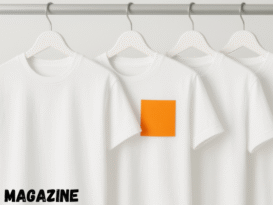


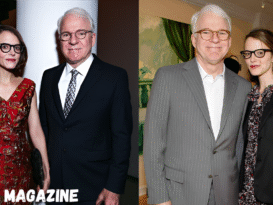




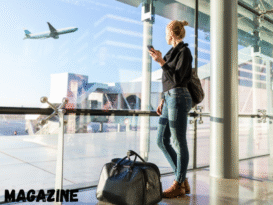

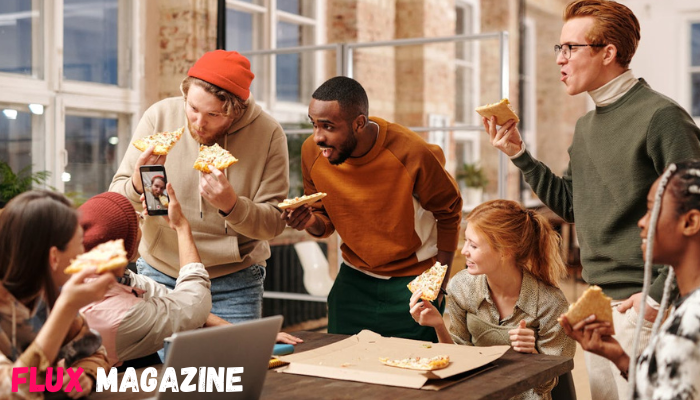


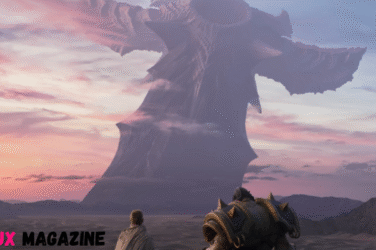


Show Comments (0)